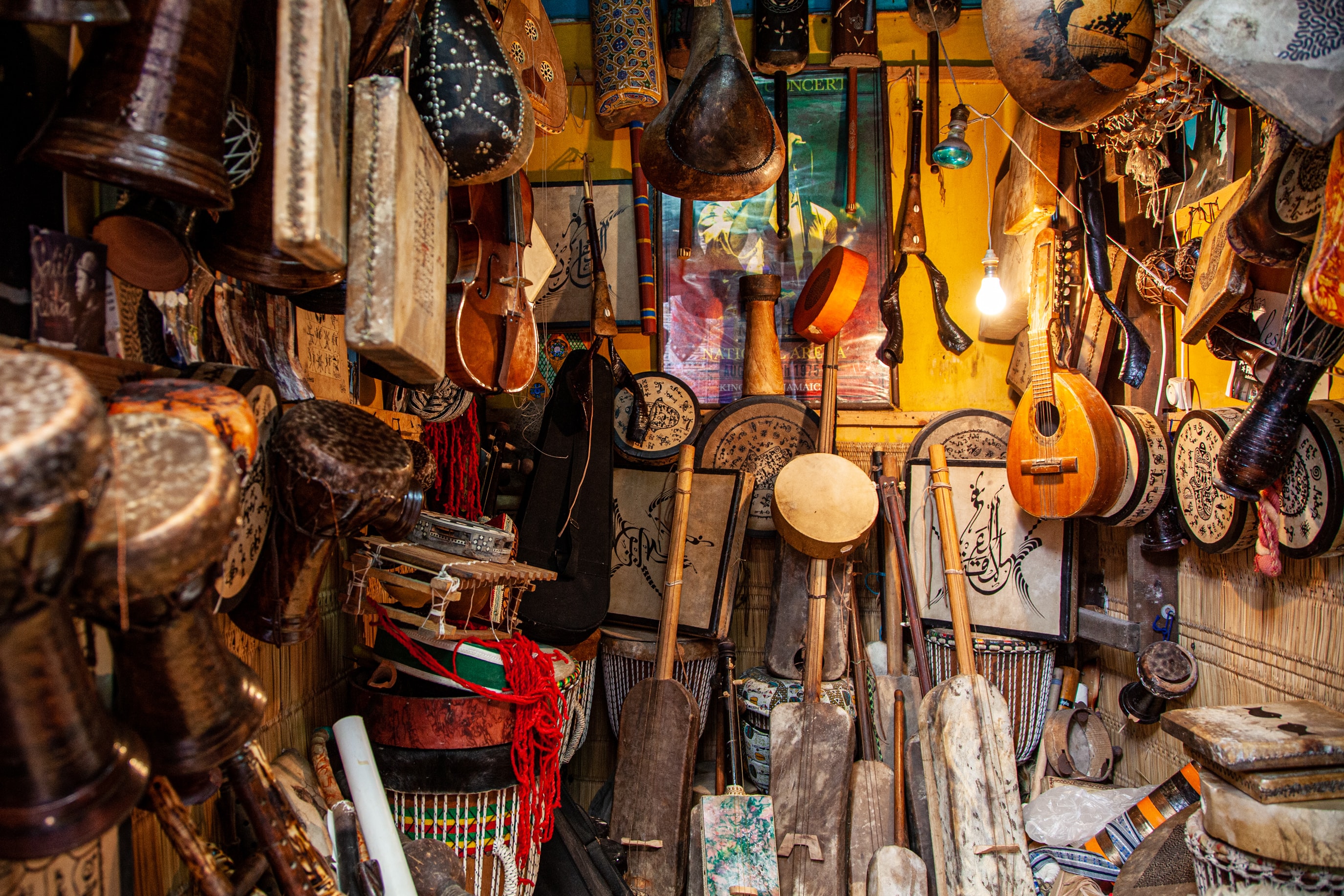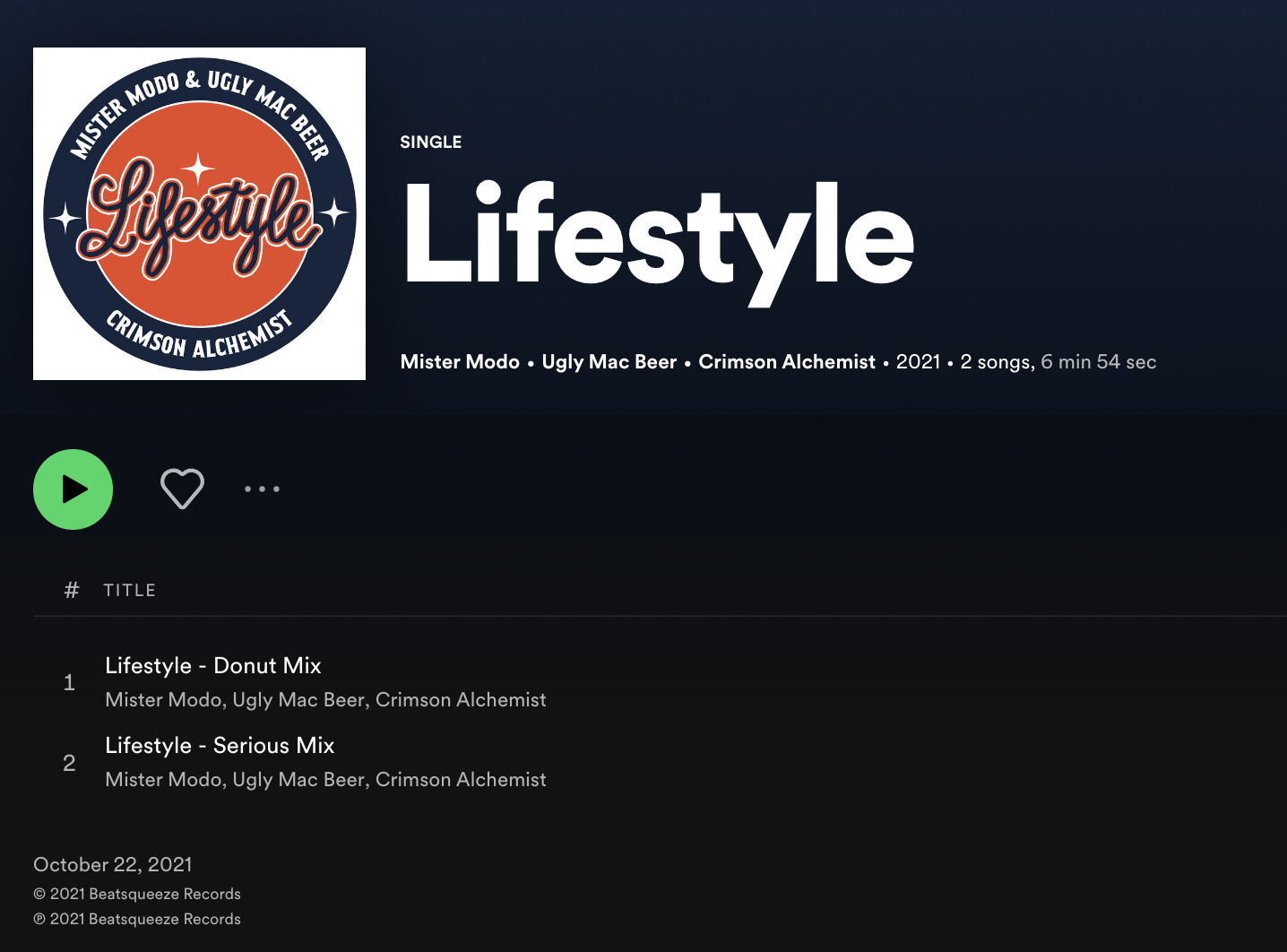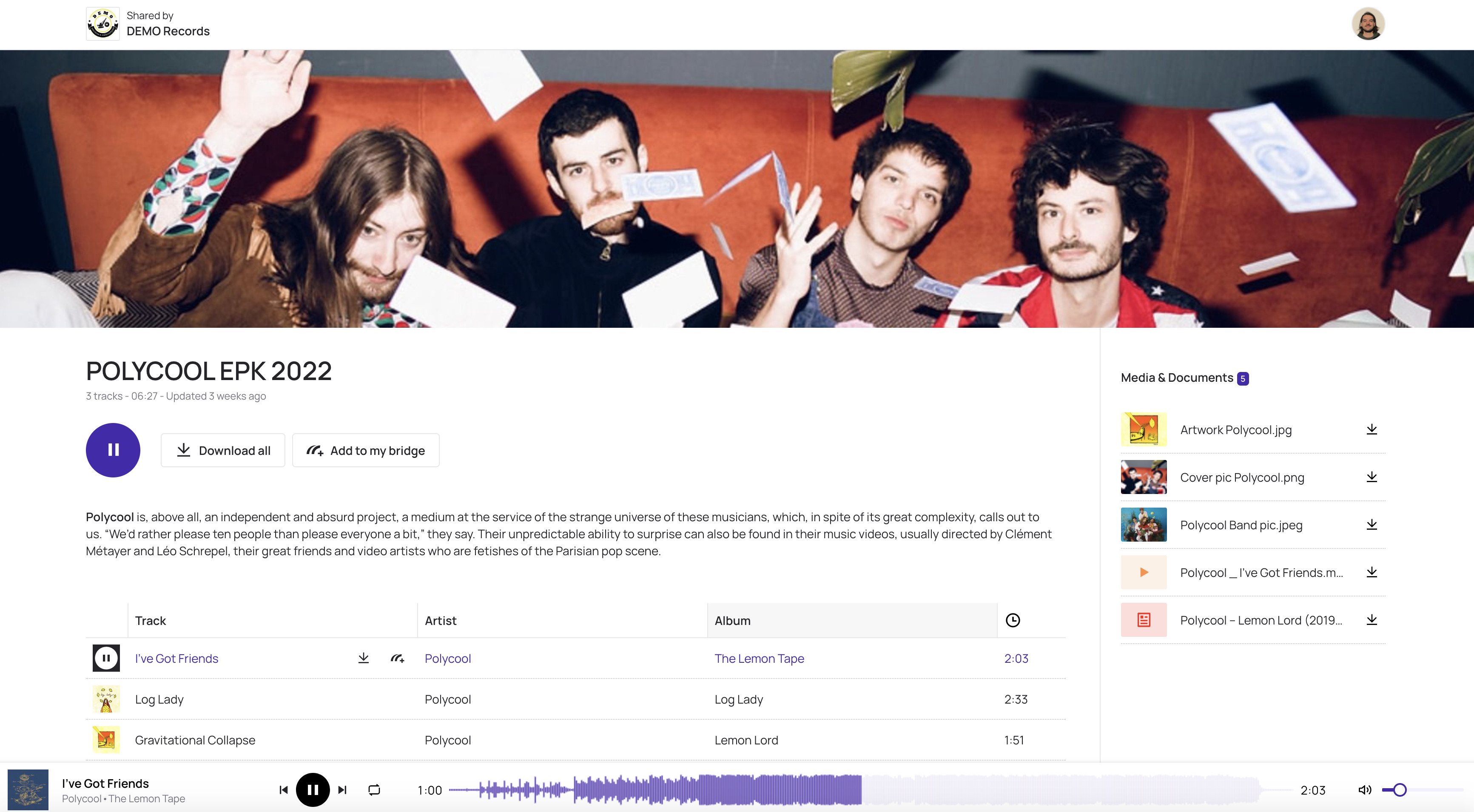Pro Tips
How to find a record label to release your music

When you’re an artist, getting signed to a record label is a dream. But what if you don’t know where to start? How do you find a music label that’s right for your style of music and personality? Well, we’re here to help! In this article, we’ll go over some steps on how you can choose the best place for your music and get yourself out there, connecting with people who might want to sign you.
Define your style… but don’t seek perfection
Record companies are constantly receiving a huge amount of messages from artists. Therefore, if you want your submission to stand out and be heard, you have to convey your singularity, stay persistent, and believe in your music!
First you need to choose your music industry area. Here are some key things to consider:
- The type of music you write and/or perform
- How much time you can commit to the project/how much money you have available for investment (if any)
- Your passion for the project and its outcome
So, before submitting anything, have you taken a minute to reflect on your music? It is often tempting to send your recently finished track to the whole world… And don’t hesitate to! That’s what social networks are for. But before submitting your music to professionals, you have to keep in mind that labels are mostly looking for interesting musical personalities.

In order to clearly know how to introduce your creative work, listen to your 10 last tracks back to back while asking yourself “What is the common point between them?”. “What defines my music?” You can get some help from your friends, family, roommates… Find the common denominator between your tracks, the soul within your music and multiply it by a hundred… There you are. Identify your X factor, the technical part will come later. Create music truthfully, that’s what matters. Once a label has you in their team, creating very well produced tracks in the studios will be as easy has imagining them. Don’t look for perfection in the mix, look for your own music style.
Target the right labels
If you want to find a label, there are a few ways to go about it. You can start by choosing a label that has an audience that is similar to your own. For example, if you’re an indie pop musician, try looking at labels like Polyvinyl Records who have signed artists like The Antlers or Frankie Cosmos. Then look at their website and see if they are looking for new artists (they usually will be). Check their social media accounts as well — are they active? This can give you an idea of how they work with their artists and what kind of relationship they have with them.
It is important to spot the labels that relate to your music before submitting it. Rather than sending proposals to a ton of labels and risk getting lost along the way, it’s best to find a few that produce the genre of music that you identify with. Try to understand how they work and what are their requirements. Find out about other artists they work with, and how they got noticed and eventually signed.
To know it all about a label’s identity, feel free to check out the album credits of your favorite albums, you can find them for example, on Spotify at the bottom of the album tracks (like the example on the picture below). If you also type in the Spotify search bar, e.g.: label: “savoir faire”, you will have access to all the artists and references of this label. This works for all labels! You can also find track credits on YouTube at the bottom of the description, sometimes with extra information like the name of the publisher(s). This can also be interesting to find new contacts.

Make the best submission possible, as custom as possible
The way you contact a label is important. Go for official contact methods rather than messages via social media. Look for the label’s official contact information on their website or social networks. In the case you can’t find it, then Linkedin is a good option, then Instagram or Facebook in the worst case.
Each label has different requirements for artists entering their submission pool, so there’s no standard layout for how to send emails about submissions. What you must keep in mind is that the more information you provide (especially metadata on your files) the more chances you have to be listened to and recontacted.
Check to see what format they want their submissions in. Most labels prefer private links. Choose a streamable link so that your contact has the least amount of clicks and therefore the least chance of procrastinating and sending your link to oblivion.
A label may ask you to include only your name, track title and contact information, or provide a longer bio and even photos. Either way, including a press kit that accompanies your demo is a real asset. Fill in the metadata of your tracks (ID3 tags): give all the information about your songs (title, artist, year, etc.) to make it easier to find (there is nothing worse but receiving files called Audiotrack 3 by Unknown artist!).

What’s more, it can be very useful to create a compelling artist biography. It is not mandatory, but that can help you convey your music identity to professionals. A bio should include an introduction, information about your musical history, a description of your music, and some career highlights. If you have received positive reviews from the media, you can add a short quote. Keep your email as sincere and short as possible, start with a short note about the last release you enjoyed but don’t make it a novel. Add to this a short note about your demo that fits with the label identity and send!
It is with these ideas in mind that we have designed Bridge. It will allow you to create private links with aesthetic and professional layouts. In your links you can include audio files as well as a descriptive text, photos, pdf files, videos, links to your social media or personal website. In other words: one link with everything needed to stand out. Today we’re happy to count dozens of independent labels as our users. And the number is growing every week! Needless to say then that using Bridge links to contact these labels can ease their workflow to process submissions (and thus it can increase your chances of getting your music streamed).
Develop your fanbase, along with your network
Label managers will judge you on your music, but another undeniable parameter that may be taken into account is your “weight” on social media. So don’t hesitate to use the wide communities of music lovers of Soundcloud, Facebook, Instagram or TikTok to get your music known. Regularly engage discussions with your fans and cultivate the relationship you have with them via events, teasing, single track releases, visuals, videos, and all the creative media that are available.
Once you have a strong community behind you, music labels will definitely look deeper into your music when they receive it… If they don’t come at you first.
What’s more, attending music industry events and networking is one of the best ways to meet people in the music business. There are many different types of events, so you can choose to attend whichever ones are best suited for your needs. Some examples include:
- Music industry conferences
- Music industry conventions
- Networking events for musicians
- And of course: concerts and live shows!

The idea is to train other music professionals to know you. These are the people who work as editors, producers, or managers for various media outlets and record labels. Introduce yourself to them at conferences, meetups, or any events that you can attend in your area. Ask them for advice on how you can improve your career as an artist and how they can help you achieve your goals. Ask if there are any contacts they could introduce you to such as record labels or other people who could be interested in knowing about your music or collaborating with you on a project.
Moving towards getting signed
There are many ways to get signed, but it is important to be patient and strategic about it. You can get signed yourself, but it is difficult; you can do it through friends and family, but that can be also hard to achieve; or you can do it with a professional, who will charge you an obscene amount of money. Keep in mind that another common shortcut towards getting signed is to be referred directly by another artist already signed on the label.
Here’s our main advice: stay organized & motivated! To avoid getting lost in the process, keep a chart with the labels you intend to submit to, along with their submission guidelines. Include contact information for those you want to target, as well as links to their submission requirements. This will help you keep track of the process and make the project more manageable by breaking it down into parts. You may also want to set up a (strict) schedule, such as sending your music to a new label every week for two months.
Now that you know how to find a music label as an artist, it’s time to get started and to share your best stuff around! Remember, patience is key when trying to find the right fit for your music and talent. The more strategic planning and networking you do now will pay off later when things start happening fast. And above all, be persistent! Making a career in music is within reach if you combine talent, tenacity, and will. We wish everyone good luck on their journey towards becoming accomplished and happy musicians!
